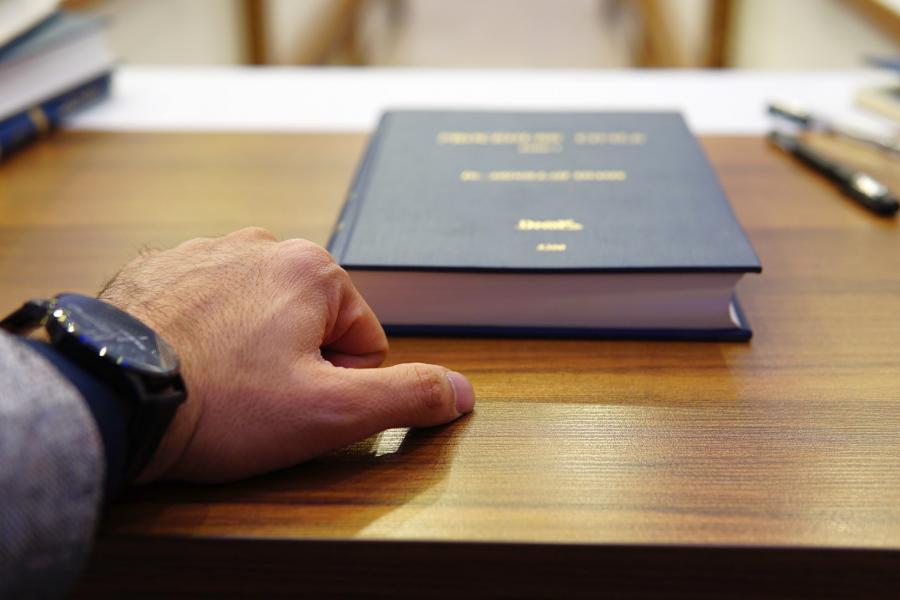Types of Jail Release in Criminal Matters
The Eighth Amendment is best known for its prohibition of cruel and unusual punishment. But this provision also guarantees reasonable bail in criminal cases. This guarantee is obviously important for personal reasons. Incarcerated people cannot provide for their families or spend time with them.
There are also some very good legal reasons for the bail guarantee. Chemically, incarceration elevates the brain’s stress hormone levels. Exposure to these hormones could cause a brain injury. Therefore, incarcerated individuals often cannot make good decisions about their case. They might accept unfavorable plea bargain agreements because they want to get out of jail so badly and they cannot understand all the consequences.
Furthermore, incarcerated defendants cannot meet with their lawyers on their own terms. That’s especially true in the coronavirus era. Most county jails have sharply limited attorney-client contact in the name of public health.
Many defendants do not reach out to a Minnesota criminal lawyer until after they are released from jail. That’s very unfortunate. An attorney can unlock some jail release options which are unavailable to unrepresented defendants. Furthermore, a good attorney-client relationship is a partnership. The more time partners spend face to face, the better the results are, at least in most cases.
Pretrial Release
Unsentenced inmates make up a significant proportion of the prisoner population in most jails. To reduce these numbers, many counties have pretrial release programs. If the defendant is charged with a non-violent crime and has no criminal history, OR (Own Recognizance) release is often available. If the defendant promises to abide by all bail conditions, the sheriff releases the defendant.
All types of pretrial release have basically the same conditions. Some of these conditions include:
- Remain in the county,
- Appear at all required procedural hearings,
- Check in with a jail release supervisor,
- Appear at trial,
- Avoid further legal trouble, and
- Keep up-to-date contact information on file.
These are general conditions which apply to all defendants. There are normally some offense-specific conditions as well. For example, most domestic violence assault jail releases include no-contact orders. Strict compliance with this order could mean that the defendant must relocate, even if the defendant’s name is on the resident’s lease or mortgage.
Fortunately, an attorney can often alter these conditions, if they are a problem. The travel restriction is a good example. Many defendants live in one county and work in another one. These issues are relatively easy to work out in advance. If the defendant is stopped in another county, even if the defendant has a good reason for travelling, the damage is difficult to undo.
Lawyers also advocate for defendants during pretrial release reviews. For example, the defendant might have an old or unrelated criminal conviction which technically derails the application. A lawyer can often arrange pretrial release anyway in these situations.
Presumptive Cash Bail
Generally, when sheriffs book defendants into jail, they set a presumptive bail amount, largely based on the defendant’s criminal history and the nature of the offense. Cash bail is a bit like a rental security deposit. If you return the property in good order, you get most of the deposit back. Similarly, if you obey all the terms of release, you get the cash back.
A Minnesota criminal defense lawyer cannot do much about the cash bail amount. However, a lawyer can reduce the amount at the arraignment. More on that below.
This amount is often too high for most families. About two-thirds of households cannot pay cash for a $400 emergency expense. So, a few hundred dollars for cash bail might as well be a few million dollars. The good news is that release condition enforcement is usually laxer in cash bail cases than pretrial release or a bail bond. If the defendant doesn’t fulfil a condition, the county simply keeps the money.
Bail Bonds
A bail bond is basically an insurance policy. If the defendant doesn’t meet all conditions, the bail bond company bears the financial risk. Most bail bonds companies charge about a 15 percent premium for this service.
The insurance premium is nonrefundable. It’s also much easier for many families to come up with two or three hundred dollars instead of two or three thousand. Additionally, many bail bonds companies accept credit cards or alternative forms of payment.
In some jurisdictions, Minnesota criminal defense lawyers may also write bail bonds for their clients. If one professional handles both jail release and the defense, there’s less stress on your family during a very stressful time. Furthermore, many attorneys are more informal in terms of bail bond conditions.
Bail Reduction Hearings and Minneapolis Criminal Defense Lawyers
Frequently, the arraignment is a formality in criminal cases. In fact, if the defendant is free on bond, most attorneys waive this hearing. But for incarcerated defendants, arraignments take on a whole new meaning.
In these situations, the arraignment, which usually occurs about seventy-two hours after the arrest, doubles as a bail reduction hearing. At this hearing, in addition to the aforementioned severity of the offense and criminal history, judges take a variety of factors into account. Some examples include the defendant’s:
- Ability to pay,
- Connection with the community,
- Threat to specific individuals and witnesses,
- Ability to flee the jurisdiction, and
- Threat to public safety,
Attorneys frequently reach out-of-court settlements with prosecutors at arraignments. For example, the state might agree to reduce the bond amount if the defendant agrees to electronic monitoring.
About the Author

Gerald Miller is the principal attorney in Gerald Miller, P.A., a Minnesota DWI defense firm. He has over thirty-five years of experience in this area. Gerald has been recognized repeatedly over the years for his contributions to DWI defense and his successful representation of defendants. Click here for more information.
More to Read:
Previous Posts:







